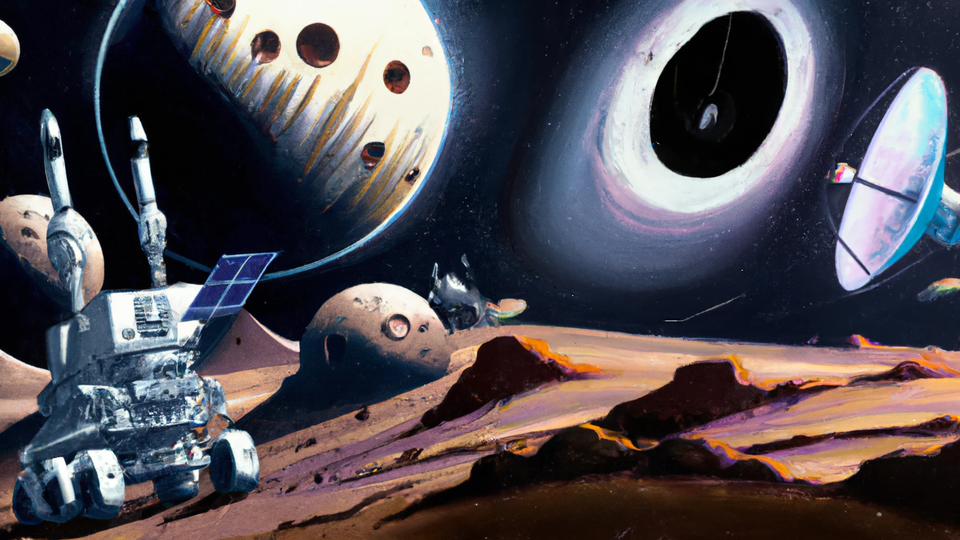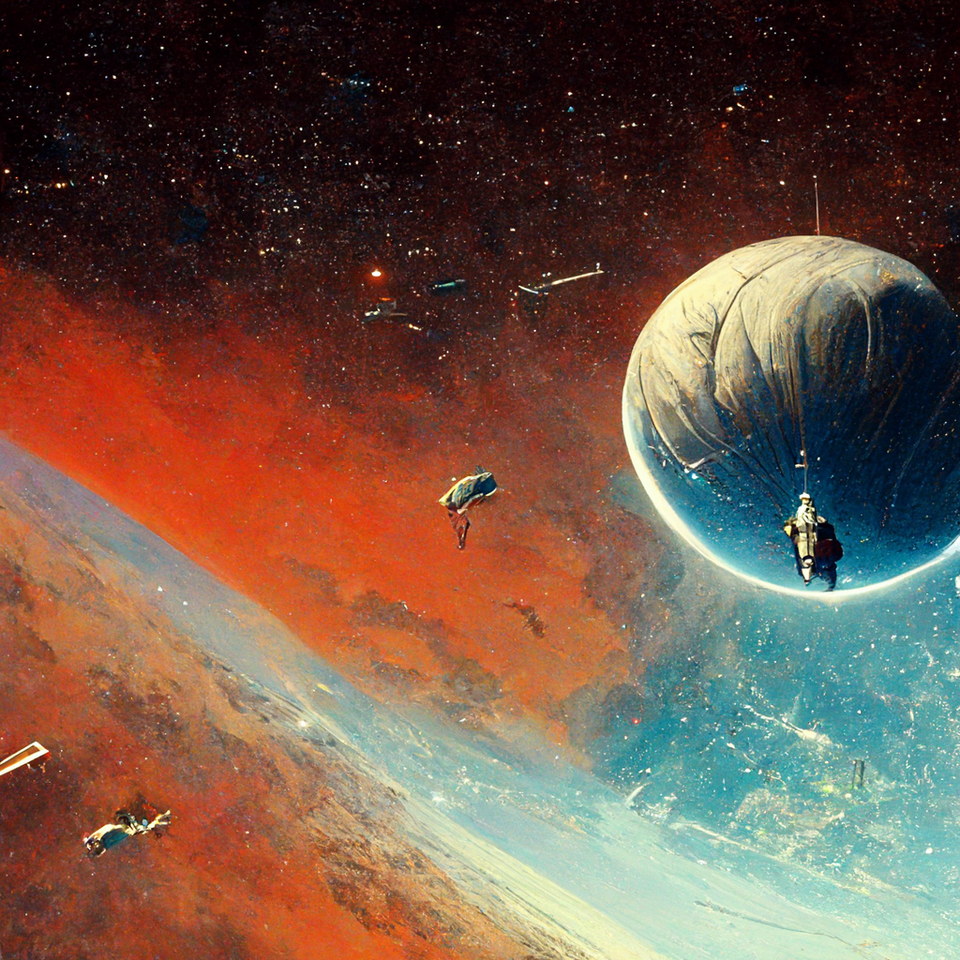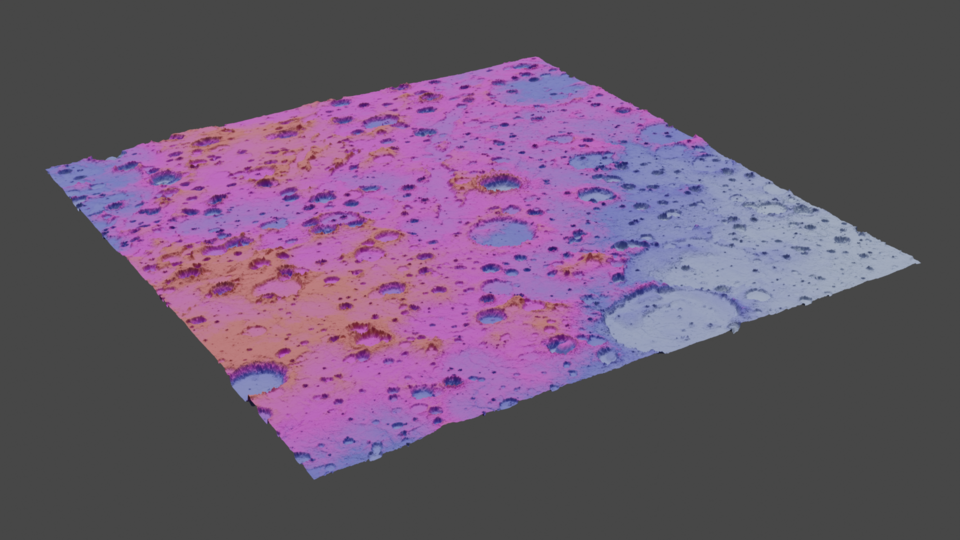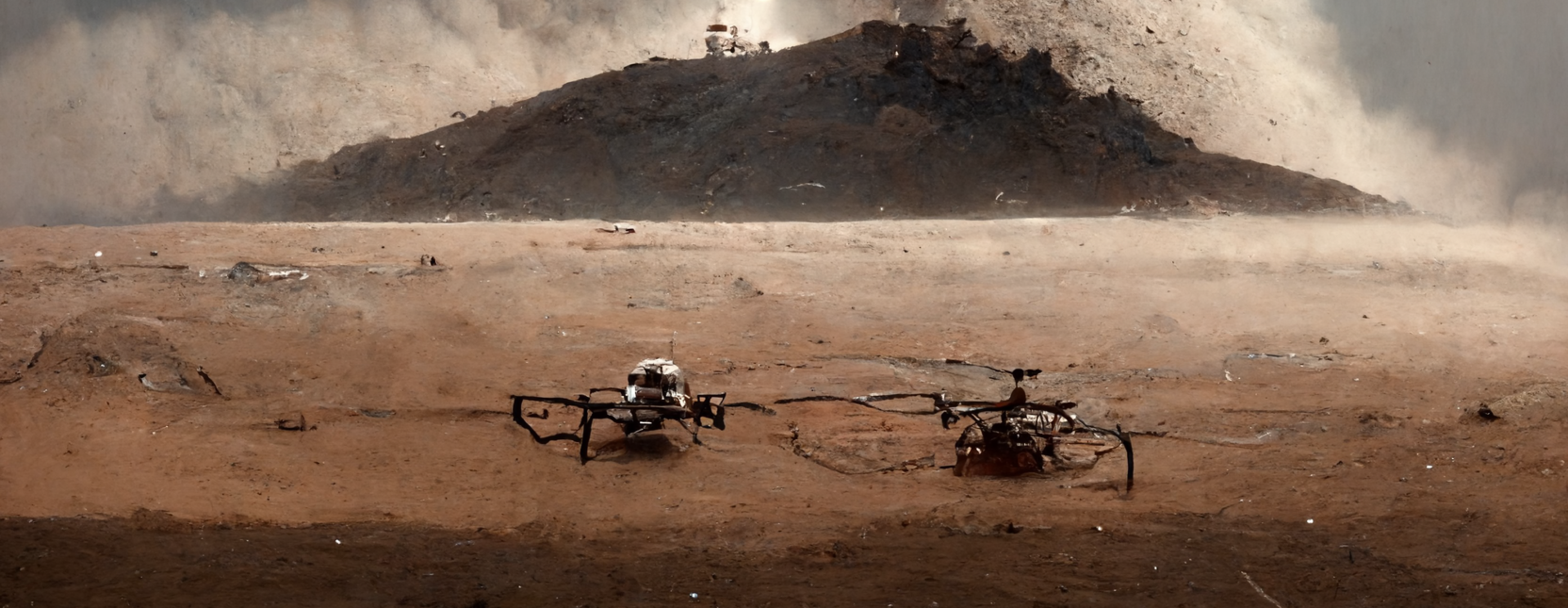Guide morphing rovers across alien world in evolutionary computing contest
Thousands of years from now, the descendants of humankind gather via a galactic network of wormholes to begin the joint exploration of a curiously Mars-like world in deep space. A constellation of quantum communication satellites serve to oversee the progressive mapping of this terra incognita by AI rovers, which are capable of morphing their shape to traverse the most challenging terrain imaginable.

That, at any rate, is the scenario of ESA’s new Space Optimisation Competition (SpOC), designed to test the aptitude of participants around the globe.
“Last year’s inaugural challenge, involving the settlement of the Trappist exoplanets proved a great success,” comments Dario Izzo of ESA’s Advanced Concepts Team, ACT. “The setting worked well in making the competition attractive and interesting to evolutionary computing academics and students. This time around we’ve aimed to come up with an even crazier science fiction scenario, though at the same time involving tangible challenges related to the kind of work we do here at ESA.”

Biological evolution has proven to be an extraordinarily powerful problem-solving mechanism during the approximately 3.7 billion year history of terrestrial life on Earth, succeeding in populating almost all conceivable environmental niches with living things.
Evolutionary computing seeks to borrow this principle to solve complex ‘optimisation problems’ – meaning how to settle on the best answer out of many available options – using software that mutates, mates then reproduces to best fit the solution. The most useful responses are selected to pass their traits onto the next generation in turn. This basic technique has been applied to everything from antenna design to financial trading, power system management to software fault detection.

Any evolutionary computing research group is free to enter this year’s SpOC contest. Formally beginning on 1 April, the competition will last for three months. The winners will be announced at this July’s Genetic and Evolutionary Computation Conference, GECCO, in Lisbon, Portugal.
Organised by ESA’s ACT and hosted by GECCO, SpOC 2023 involves three specific optimisation challenges, explains ACT researcher Emmanuel Blazquez: “The scenario takes place in a future where humans have spread out across many different solar systems. They are seeking to rendezvous at a single planet targeted for exploration using a network of wormholes that teleport them to different nodes through both time and space, aboard motherships that aim to arrive at around the same time. So the first challenge is to get them there in a synchronised, efficient manner.

“The second challenge involves setting up a quantum communications satellite network to link up both the entire surface of planet ‘New Mars’ itself and the various motherships of the human factions positioned around it, which will require sophisticated planning for optimal efficiency.
“Finally, the systematic exploration of the planet will be carried out by AI rovers that are able to plan their onward paths and switch their morphology to contend with particular planetary terrains – for instance to grow legs to traverse chasms. The idea is to plan the optimal exploration solution, considering that there will be trade-offs involved that will limit changing shape too much. And for added realism and motivation this challenge will be based on actual terrain maps of planet Mars.”

Designing the SpOC involved taking lessons learned from last year’s event, adds Dario: “The overall feedback was very positive, but some people felt that the aerospace angle was too strong, that the aspects of mission analysis and trajectory design gave an advantage to teams from aerospace domains. So this year, we aimed to come up with problems that were more generic in nature, while still linked to the kind of real-world problems that the ACT and ESA contend with.”
For more information on the SpOC competition, including how to register, click here.















 Germany
Germany
 Austria
Austria
 Belgium
Belgium
 Denmark
Denmark
 Spain
Spain
 Estonia
Estonia
 Finland
Finland
 France
France
 Greece
Greece
 Hungary
Hungary
 Ireland
Ireland
 Italy
Italy
 Luxembourg
Luxembourg
 Norway
Norway
 The Netherlands
The Netherlands
 Poland
Poland
 Portugal
Portugal
 Czechia
Czechia
 Romania
Romania
 United Kingdom
United Kingdom
 Slovenia
Slovenia
 Sweden
Sweden
 Switzerland
Switzerland


























